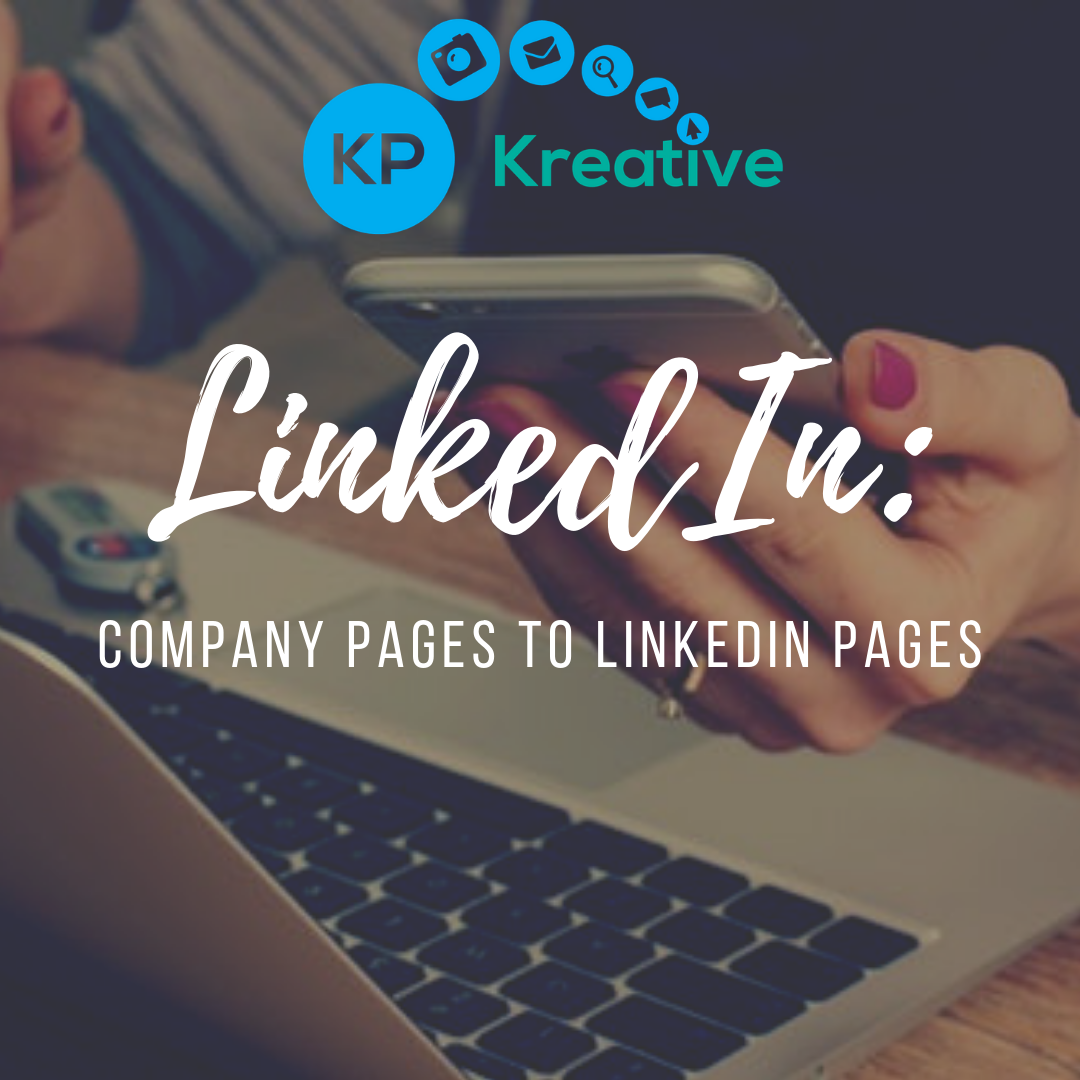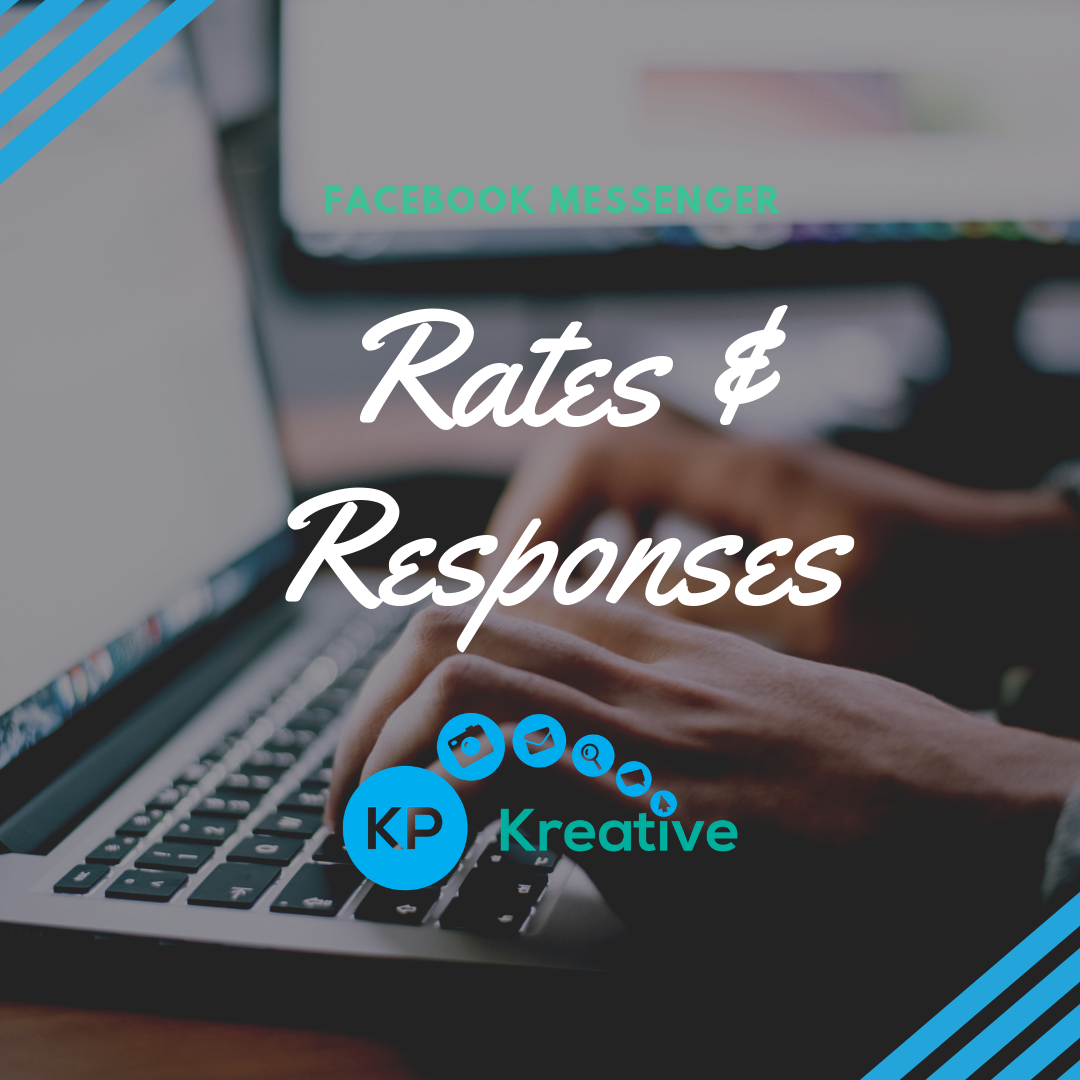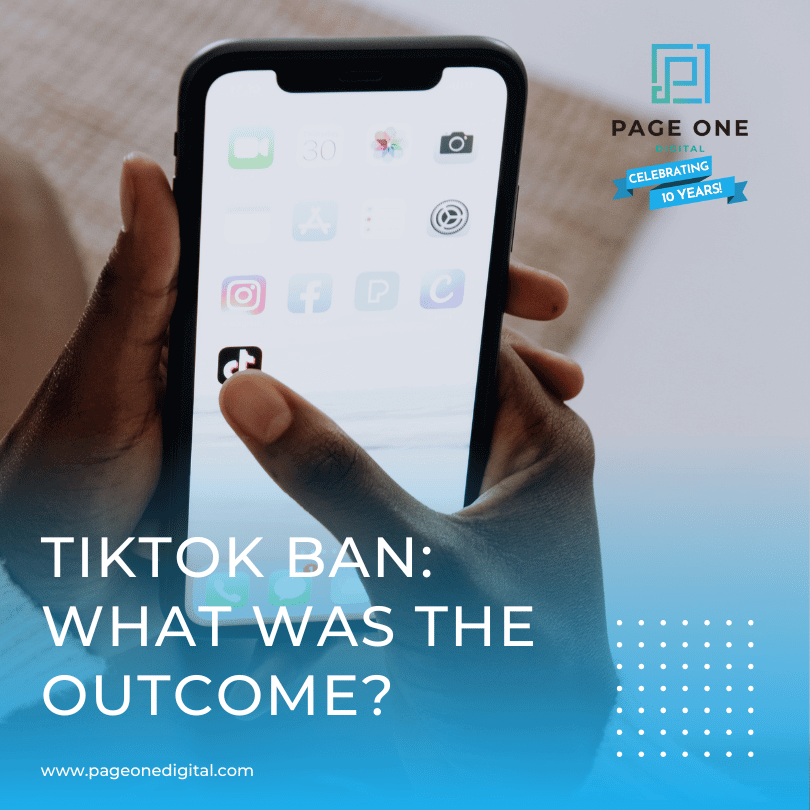The debate over TikTok's presence in the United States has been a complex saga involving national security concerns, legal battles, and executive decisions. As of today, TikTok’s status remains fluid, with recent developments providing a temporary reprieve for the popular social media platform.
Background
TikTok, owned by the Chinese company ByteDance, has faced scrutiny from U.S. lawmakers and security agencies due to concerns over data privacy and potential influence from the Chinese government. In April 2024, President Joe Biden signed the Protecting Americans from Foreign Adversary Controlled Applications Act, which mandated that ByteDance divest its U.S. operations of TikTok by January 19, 2025, or face a nationwide TikTok ban. (Atlantic Council)
Legal Proceedings
ByteDance challenged the legislation, arguing that it violated First Amendment rights. The case escalated to the Supreme Court, which, on January 17, 2025, upheld TikTok’s ban, emphasizing national security concerns. This decision set the stage for it’s removal from app stores and a potential shutdown. (WSJ)
Temporary Shutdown and Executive Intervention
On January 19, 2025, TikTok became inaccessible in the U.S., with Google and Apple removing the app from their platforms. However, on January 20, President Donald Trump issued an executive order delaying the enforcement of the ban by 75 days. This extension aims to provide time for further negotiations and potential resolutions regarding TikTok's status in the U.S. (Reuters)
Concerns Over Censorship on TikTok's U.S. Version
Concerns over censorship on TikTok’s U.S. version have been a significant part of the debate. Critics worry that government intervention, such as forced ownership changes or restructuring, could lead to content moderation practices that limit freedom of expression. Accusations have surfaced about TikTok suppressing certain political or activist content, and there are calls for more transparency regarding its content moderation and algorithm practices. This raises concerns that increased government control could set a dangerous precedent for digital platforms and undermine free speech online. As the situation develops, it highlights the delicate balance between national security and maintaining openness in digital spaces.
Current Status
Following the executive order, TikTok services have been gradually restored. Existing users regained access, but the app remains unavailable for new downloads on major app stores. Companies like Oracle, which provides hosting services for TikTok, have resumed their support without legal repercussions during this interim period. (The Verge)
Future Implications
The 75-day extension serves as a critical window for ByteDance to negotiate a sale or restructuring of TikTok's U.S. operations to address national security concerns. Potential buyers and stakeholders are likely to emerge during this period, aiming to keep the platform operational for its approximately 170 million American users. (Business Insider)
In conclusion, while TikTok has avoided an immediate ban in the United States, its future hinges on forthcoming negotiations and decisions. The situation underscores the broader challenges of balancing technological innovation, user rights, and national security in an increasingly interconnected world.
Related Posts

Facebook Metric Changes: Spring 2019
Spring has officially sprung, and just as you are seeing changes outside in the world, Facebook is making some changes, too. Facebook is constantly working to provide a high functioning ad platform, which means metrics must evolve, too. These changes aren’t anything new; over the past few years, we’ve seen regular updates and removals of unnecessary metrics. The goal is to replace current ad metrics with more actionable ones. A recent company blog post shed some insight on a few upcoming changes. These changes will start on April 30th and we’ve compiled a list of recommendations on the metrics you should use going forward.

LinkedIn: Company Pages to LinkedIn Pages
At KP Kreative, we are big believers in using LinkedIn as part of our marketing strategy (just check out past blogs here and here). Having a Company Page on LinkedIn gives you an opportunity to engage in conversations that are important to your brand, grow your audience, and tap into your current employee base to spread your goals and mission.

Facebook Messenger Rates & Responses
As you probably already know, Facebook messenger is a great tool for businesses that can help facilitate growth. Facebook Messenger allows business owners to make stronger connections with customers by building relationships through conversation. According to a survey conducted by Facebook, 69% of users say that being able to message a business helps them feel more confident about the brand.


